The farmers market at The University of Guelph sells fresh, local, organic produce that was grown either on campus or sourced from local fruit farms. By visiting the farmers market I was able to talk to some knowledgeable students and representatives from the HORT 3510 Vegetable Production course, who are also the ones that created this campus farmers market along with the Guelph Center for Urban Organic Farming. After speaking with a couple of representatives, not only did it inspire my final assignment but I learned the benefits of certain produce and what makes it organic.




I asked Pat (a student and representative of the farmers market) several questions:
What makes vegetables organic? It is certified and it must be certified in Canada in order for it to be called organic. It is not about the food you provide to people but more about the way you grow the food. Organic is about knowing what is happening to the land and having a general knowledge of it. To be organic you can’t use synthetic sprays, for the most part you can’t use organic sprays either and you must have a lot of care for the soil. If you go to a conventional farm you will notice that the soil they use are terrible quality, the top soil layer is super thin, has no nutrient content, no bacteria, and no fungus.
If you go to the farm that grows the organic produce at the University, you will notice that they have a huge top soil layer, have a whole bunch of organic matter in the soil because they are putting back the organic matter in to the soil, have a huge cross section of different bacteria and funguses in order to have a proper environment.
For organic farmers it is about putting back in to the environment or integrating in the environment while conventional farms are more about taking things out of the environment.


A general description of how the vegetables are grown:
The way that they are grown or the process behind it is that the University of Guelph buys their own seeds, put the seeds in to a small seed tray and grow them out. In the beginning of the year they put it in the greenhouse and let it grow there for the year. Once it gets to a certain size they pot it up or put it in a bigger spot or put it directly out in to the field (called transplant). Once it is planted out in the field they hand water it over irrigation, pay attention to it and let it grow out. If it is a fruit they try to protect its colony and if it is lettuce they attempt to protect it from pests and animals that come in and wait until it is ready and then harvest it.

Which types of vegetables are beneficial to the body?
All of them! Certain vegetables like the bitter melons (pictured above) are good for the digestive system and it keeps your digestive system working properly. Eating tomatoes is supposed to help you deal with sun burns. Herbs like cilantro or parsley have a very high nutritional value. Herbs are extremely beneficial to the body because they are nutritionally dense and minerally dense thus, eating small amounts of them will do the job.
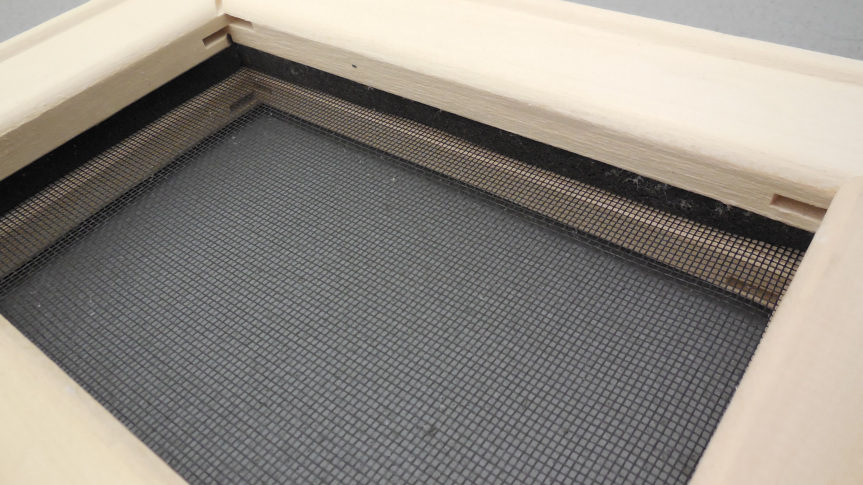

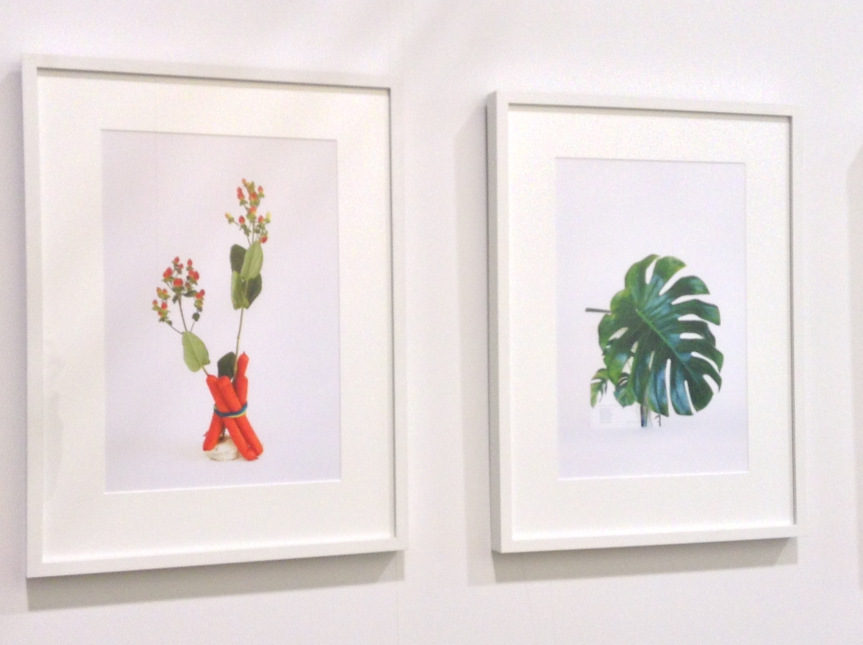



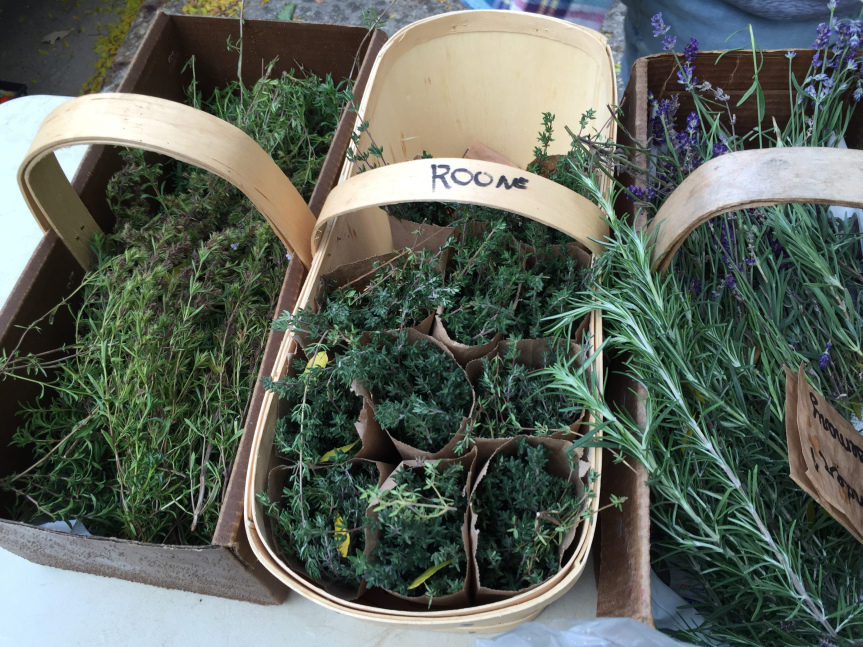







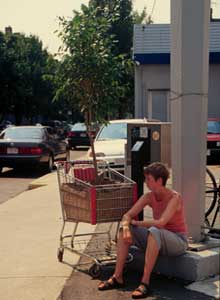




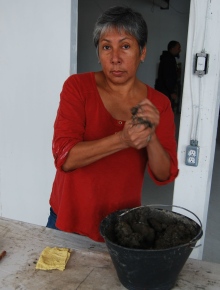


You must be logged in to post a comment.